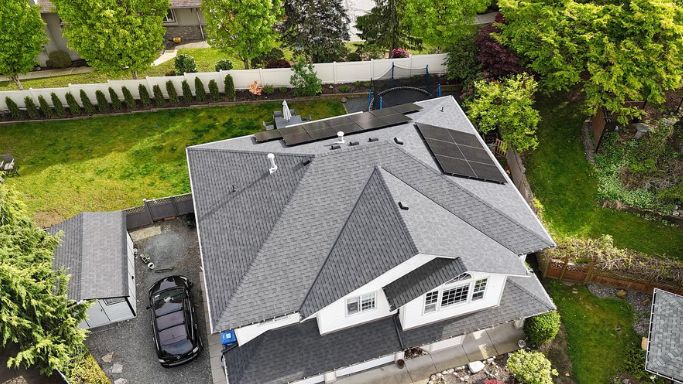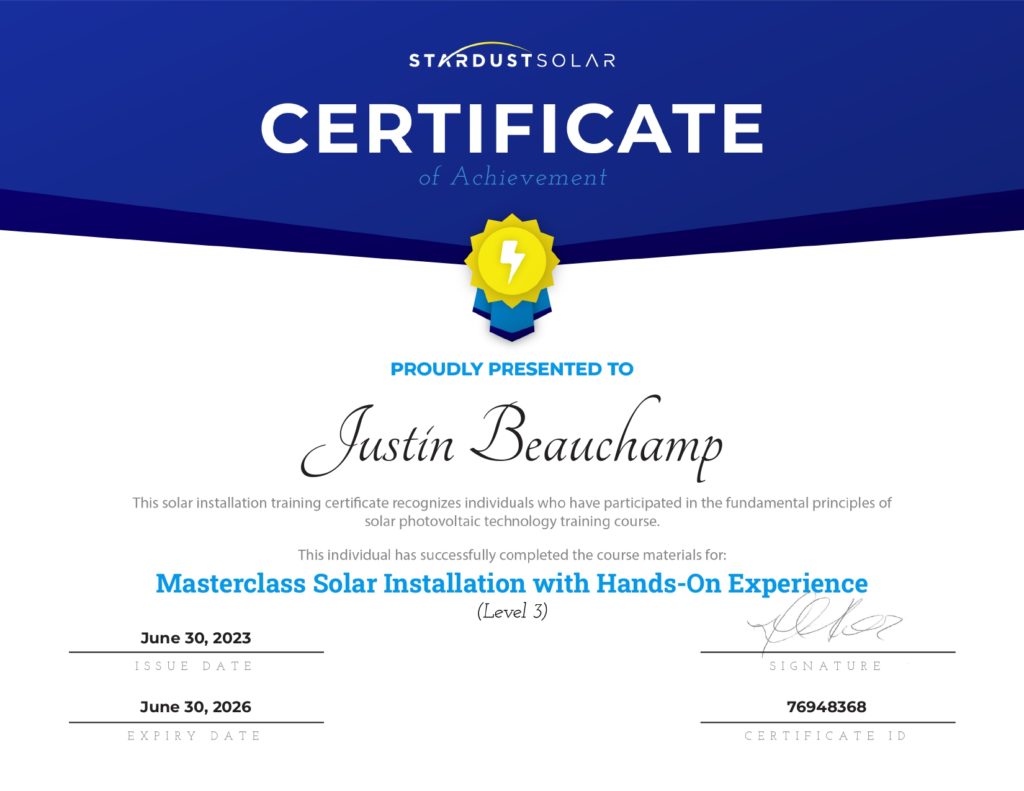The Shift from Hydropower to Photovoltaics
Climate Variability
Hydropower generation is highly sensitive to changes in precipitation and water flow. Climate change-induced alterations in precipitation patterns increased evaporation rates. Shifts in snowmelt timing have also led to reduced river flows and inconsistent water availability. The World Bank’s 2023 report highlights that by 2050, up to 50% of existing hydropower facilities in regions experiencing severe climate variability could experience diminished performance.Sedimentation
The sediment accumulation in reservoirs reduces water storage capacity and affects turbine efficiency. Sedimentation rates have increased due to intensified soil erosion linked to deforestation and land-use changes. Studies have shown that sedimentation can decrease hydropower output by up to 30% over a facility’s operational lifespan.Environmental Impacts
Hydropower projects can disrupt local ecosystems, alter riverine habitats, and affect aquatic species. These ecological impacts have led to increased regulatory scrutiny and opposition from environmental groups.Impact on Canada’s Renewable Energy Goals
In 2023, the country generated over two-thirds of its electricity from renewable sources, with hydro making up most of that total. However, its growing unreliability is now becoming a challenge to meeting national goals. According to BloombergNEF (BNEF), Canada is the second cleanest producer in the G20, but continued disruptions in its production could jeopardize this position.Increasing Pressure to Deploy Other Renewables
BNEF analyst Derrick Flakoll noted that falling production creates pressure to deploy other renewable sources and storage. The Canadian government has set ambitious targets for 2030, aiming for a 39.5% increase in wind capacity and a 179.4% leap in its capacity.How About in Photovoltaics?
Technological Advancements
The development of bifacial solar energy solutions, which capture sunlight on both sides of the panel, has improved yield by 10-20% compared to traditional monofacial panels. Moreover, innovations in thin-film and multi-junction cells have pushed the efficiency of commercial panels beyond 22% in the industry.| High-Efficiency Panels | Monocrystalline silicon cells now achieve 20-22% efficiencies, while multi-junction cells stack multiple layers of PV components can exceed 40%. |
| Thin-Film Technologies | Choose Cadmium telluride and copper indium gallium selenide, as they are flexible, lightweight, and lower production costs. |
| Perovskite Cells | Promising due to their high efficiency and low production costs. They achieve efficiencies of over 25% and are being explored for commercial use. |
Scalability and Flexibility
PV panel installation systems can be deployed in residential, commercial, and utility-scale configurations, with modular designs for incremental capacity expansion. Incorporating lithium-ion and flow batteries has further enhanced their reliability and dispatch ability.| Lithium-Ion | Widely used due to their high resource density, long cycle life, and decreasing cost. Commonly seen in residential and commercial panel systems to provide backup power and manage supply and demand. |
| Flow | Vanadium redox and other flow batteries offer scalable, long-duration storage solution. Useful for utility-scale projects because they provide stability and grid support. |
Economic Factors
The International Renewable Energy Agency discloses that the global levelized cost of electricity for solar panel technology has decreased to $30 per megawatt-hour (MWh). This is attributed to advancements in manufacturing processes and economies of scale in PV systems.Environmental Benefits
Clean power generation produces no greenhouse gas emissions during operation and has a lower environmental footprint than hydropower. The lifecycle carbon footprint of a panel system is 40-60 grams of CO2 equivalent per kilowatt-hour (gCO2e/kWh), lower than that of hydropower, which ranges between 20-100 gCO2e/kWh.Increasing Pressure to Deploy Other Renewables
Falling production creates pressure to deploy other renewable sources and storage. The Canadian government has set ambitious targets for 2030, aiming for a 39.5% increase in wind capacity and a 179.4% leap in its capacity.The Exponential Growth
Large-Scale Farms
In regions such as Prince Edward Island (P.E.I.), Canada, PV installations have experienced exponential increases. However, this dynamic changed drastically with the commissioning of two large-scale farms: Summerside’s Sunbank and the Slemon Park Microgrid.- Sunbank is a 21.6 MW farm that supplies power directly to Summerside Electric.
- Slemon Park Microgrid added another 10 MW to the grid. Together, these projects have contributed to a more than fourfold increase in monthly solar technology production, from 1,475 MWh in 2023 to over 6,000 MWh by April 2024.
Rooftop Installations
Between 2021 and 2023, rooftop capacity in P.E.I. grew from 10 MW to 39 MW—an increase of 290% in just two years to install solar panels. Reduced panel costs, government incentives, and increased awareness of economic and environmental benefits from renewable energy companies drive this surge.Seasonal and Weather Considerations
Summers in P.E.I. are characterized by long daylight hours. Conversely, winters experience shorter daylight periods and lower irradiance. However, the dark-coloured PV panels warm up under sunlight, even in winter, preventing long-term snow cover. As a result, PV solutions are still viable during the colder months, albeit at reduced levels.Diversification and System Reliability
P.E.I. has relied on wind power for its renewable needs and reducing energy costs, producing 30% of its electricity from wind in 2023. The Island has diversified its portfolio by integrating sun-powered systems from solar energy companies.Challenges in Scaling Photovoltaic Production + Solutions
Land Use Constraints
Large-scale photovoltaic (PV) projects require significant land, but finding suitable locations is a challenge, especially in regions like P.E.I., where agriculture, housing, and nature preservation compete for space. As land becomes scarce, future projects may struggle to expand. Solution: To address land constraints, developers can focus on dual-use projects, such as agrivoltaics, where panels are installed alongside crops to optimize land use for power production and agriculture. Rooftop solar installations and floating PV farms can also offer alternative solutions that don’t require large expanses of land.Intermittency and Grid Stability
Sun’s power intermittency can strain the electrical grid, especially in regions with high sun penetration. Battery Energy Storage Systems (BESS) help smooth fluctuations, but backup generation and grid upgrades are still necessary. Solution: Grid operators can integrate smart grid technology to improve stability and efficiency, while hybrid solar systems combine photovoltaic with other renewable energy sources (e.g., wind or hydro) to generate electricity.Export and Local Grid Limitations
Reliance on imported electricity limits how much locally generated solar power system can be integrated or exported. Expanding the local grid’s capacity is critical for future growth. Solution: Investing in grid infrastructure upgrades will enhance the capacity to handle local PV power and reduce reliance on imports. Microgrid systems and distributed energy resources (DERs) can also improve local resilience and energy independence by allowing more efficient power distribution.
Securing a Sustainable Future
As hydro becomes vulnerable due to climate-induced variations in water levels, sun-powered technology has been a catalyst for the reliability of Canada’s renewable infrastructure. With advancements in photovoltaic technology, the integration of BESS, and the rapid expansion of large-scale farms, it is positioned to take center stage in meeting the country’s clean goals. MAG Solar supports Canada’s transition to a more resilient and sustainable future. Our personalized solar installation process can help you avoid rising energy costs and reduce your energy bills.Frequently Asked Questions
How much has water power generation declined in Canada due to changing environmental conditions?
In 2023, it dropped by 8.4%, down to 359.3 million MWh, the largest contributor to a nearly 4% decrease in national power output. This is attributed to severe drought conditions in provinces like Quebec, British Columbia, and Manitoba, where hydro is the primary source.
How does photovoltaics contribute to Canada’s overall power mix compared to water power?
While hydro still accounts for around 60% of electricity, the other is quickly catching up. Canada’s installed capacity of 3,830 MW in 2023 is expected to surge to 69,500 MW by mid-century, representing a 1,714.6% increase.
What is the role of BESS in sun-powered technology growth?
BESS manage intermittency, especially as hydro becomes less predictable. For example, the Sunbank facility in P.E.I. incorporates BESS to store excess resources during peak hours, allowing it to be used during non-peak periods.
The use of storage is expected to grow substantially. Canada is projected to have 20,090 MW of battery storage by mid-century, a 5,543.3% increase from today.

